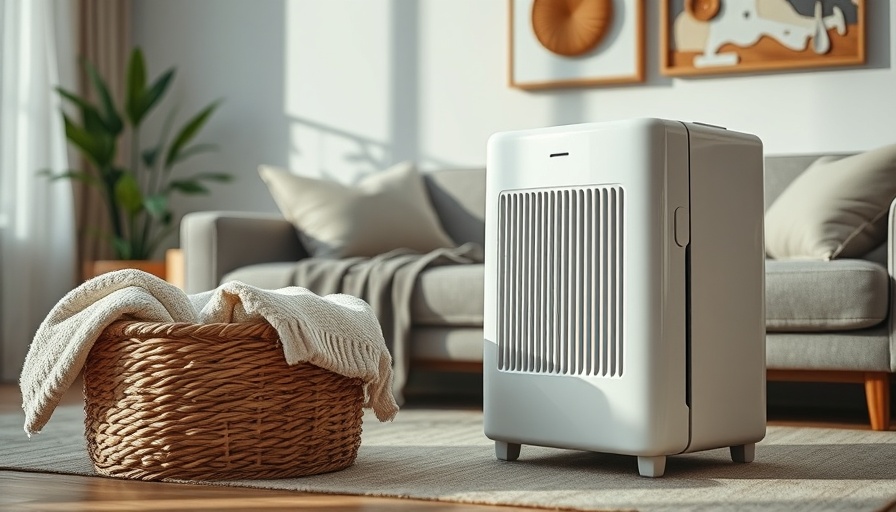
Understanding Why Your Dehumidifier Might Not Be Functioning
Dehumidifiers play a crucial role in maintaining indoor air quality, providing comfort, and preventing mold growth by reducing excess humidity. However, when they fail, it can lead to discomfort and potential damage in your home. Knowing the common issues that can arise with dehumidifiers and how to troubleshoot them can save you time and money.
Common Problems Behind Dehumidifier Malfunctions
There are various reasons why your dehumidifier might not be working properly, from simple fixes to more intricate mechanical issues. Let’s explore some of the most prevalent problems:
1. Lack of Power
If your dehumidifier won't turn on, the first step is to check your power source. Make sure the unit is plugged in and that it’s receiving power. It’s also wise to inspect the circuit breaker for any tripped switches. If the device powers on but doesn't operate, the water reservoir may be full, as many models are designed to shut off automatically to prevent overflow.
2. Weak or No Airflow
Efficient airflow is essential for a dehumidifier's operation. If you notice weak airflow, check the fan for debris or damage. Clogged filters can also restrict airflow, so ensuring they are clean or replaced regularly is critical. Additionally, verify that there are no obstructions around the unit that might impede air circulation.
3. Tank Overflows or Fills Slowly
Frequent emptying of the water tank can indicate it’s working hard to manage high humidity. To mitigate this, try increasing the humidistat setting. If the tank fills too slowly, ensure the fan is unobstructed and that the dehumidifier is not located too close to moisture-generating appliances.
4. Freezing Coils
Ice formation on the coils can prevent the dehumidifier from extracting moisture effectively. Confirm that the room temperature is above the manufacturer's recommended range and that airflow is not blocked by dust or dirt buildup.
Tools You Might Need for Troubleshooting
While you may not need to call in an expert for every issue, having the right tools on hand can simplify troubleshooting. Some essential tools include:
- Digital Multimeter: For checking electric components and ensuring everything is functioning properly.
- Screwdriver: To open the unit for internal access where necessary.
- Cleaning Supplies: A vacuum cleaner and coil cleaning brush to maintain proper airflow and ensure optimal function.
Preventative Maintenance Tips
To extend the lifespan of your dehumidifier and maintain its functionality:
- Clean the filter at least monthly to avoid clogs.
- Regularly check and empty the water collection tank.
- Inspect the unit for any visible signs of wear and teardown periodically for in-depth cleaning.
Common Misconceptions About Dehumidifiers
Many homeowners believe that dehumidifiers are only necessary in climates with high humidity, but they are beneficial in drier climates as well. They not only improve air quality but also help in preserving home structures and furnishings from moisture-related damage.
When to Call a Professional
If you’ve tried troubleshooting and your dehumidifier is still malfunctioning, it may be time to consult a professional. Complicated electrical or mechanical issues that require specialized knowledge should not be handled without proper expertise.
Conclusion
Understanding common dehumidifier problems and maintenance techniques can drastically improve their longevity and efficiency in maintaining the air quality of your home. Remember to take proactive steps to prevent issues before they arise. If your dehumidifier is still struggling after your best efforts, don’t hesitate to seek professional advice.
Staying informed and prepared not only enhances your home's comfort but also empowers you to manage your indoor environment effectively.
 Add Row
Add Row  Add
Add 




Write A Comment